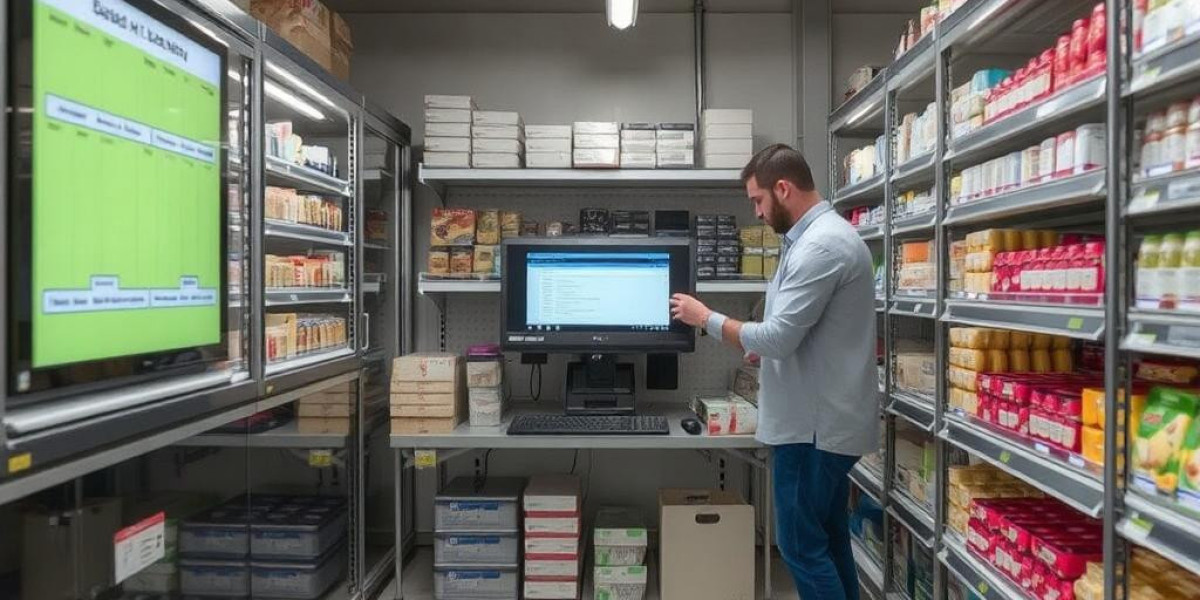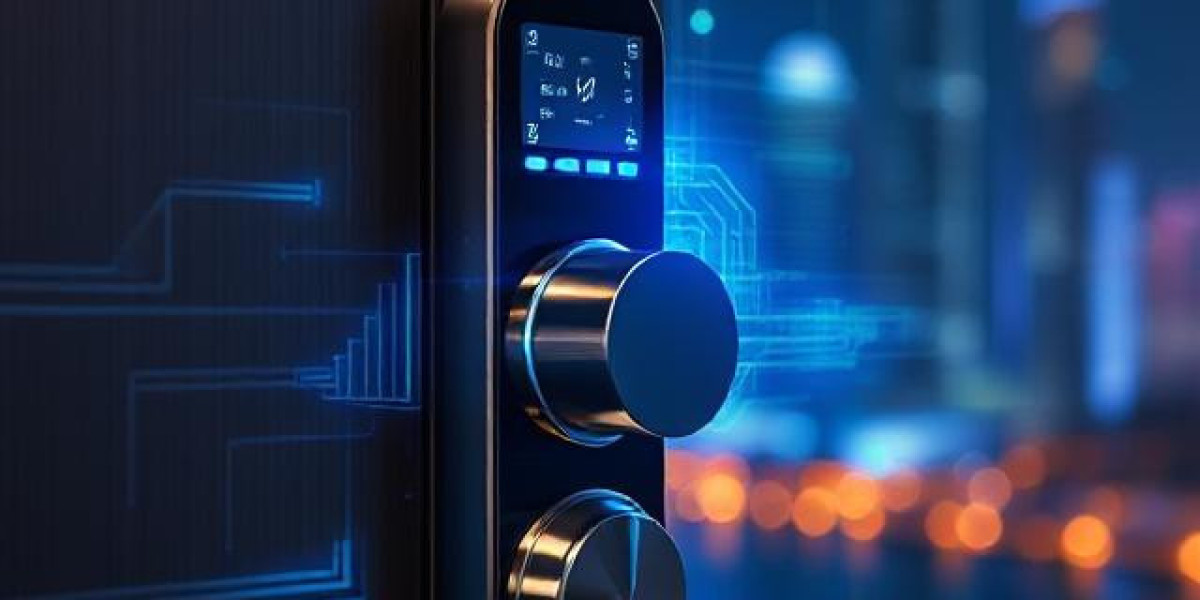In today’s fast-paced world, ensuring the integrity of temperature-sensitive goods like pharmaceuticals, food, and chemicals is critical. Cold chain monitoring systems play a vital role in maintaining the quality of these products during storage and transportation. If you’re new to the concept, this guide will walk you through the basics of setting up an efficient cold chain monitoring system, with insights into how IoT solution providers can enhance the process.
What is Cold Chain Monitoring?
Cold chain monitoring involves tracking the temperature, humidity, and other environmental conditions of temperature-sensitive goods throughout their supply chain journey. This ensures that products remain within specified parameters, preventing spoilage, loss, and regulatory non-compliance.
Why is Cold Chain Monitoring Important?
Industries such as healthcare, food and beverage, and chemicals depend heavily on maintaining the integrity of their products. Here’s why a robust cold chain monitoring system is essential:
Compliance with Regulations: Many industries must adhere to strict regulatory standards, such as the FDA’s requirements for pharmaceuticals.
Product Quality Assurance: Temperature fluctuations can degrade products, rendering them ineffective or unsafe.
Cost Savings: Monitoring helps prevent financial losses caused by spoiled or rejected goods.
Consumer Trust: Reliable monitoring builds confidence in your brand by ensuring consistent product quality.
Steps to Setting Up a Cold Chain Monitoring System
Define Your Requirements Start by identifying the specific needs of your cold chain. Consider:
The types of products being monitored.
The temperature range required for these products.
The geographical regions your supply chain covers.
Choose the Right Sensors Sensors are the backbone of any cold chain monitoring system. Select sensors that:
Measure temperature, humidity, and other relevant parameters.
Have a suitable accuracy range for your application.
Are durable enough to withstand transportation conditions.
Select an IoT Solution Provider IoT solution providers offer advanced technologies that simplify cold chain monitoring. They can help you integrate:
Real-time tracking devices for accurate data collection.
Cloud-based platforms for data storage and analysis.
Automated alerts for temperature deviations.
Leading IoT solution providers offer end-to-end solutions, ensuring that your system is both reliable and scalable.
Implement Real-Time Monitoring Real-time monitoring ensures immediate detection of any anomalies. Features to consider include:
GPS tracking for location visibility.
Continuous temperature logging.
Instant notifications for out-of-range conditions.
Leverage Data Analytics Data analytics can transform raw data into actionable insights. Use analytics to:
Identify trends and recurring issues.
Optimize routes and storage conditions.
Improve overall operational efficiency.
Integrate With Your Supply Chain A cold chain monitoring system should seamlessly integrate with your existing supply chain processes. This includes compatibility with:
Warehouse management systems (WMS).
Transportation management systems (TMS).
Enterprise resource planning (ERP) software.
Train Your Team Proper training ensures that your staff can effectively use the system. Provide instructions on:
Installing and calibrating sensors.
Interpreting data reports.
Responding to alerts.
Test and Optimize Before full deployment, conduct thorough testing. This will help:
Identify any weaknesses in the system.
Validate sensor accuracy and network reliability.
Fine-tune settings for optimal performance.
Benefits of IoT-Driven Cold Chain Monitoring
IoT-enabled cold chain monitoring systems bring several advantages:
Real-Time Visibility: IoT devices provide 24/7 tracking, allowing you to address issues as they arise.
Enhanced Accuracy: Advanced sensors and data loggers deliver precise readings.
Automation: Automated alerts reduce the need for manual oversight, improving response times.
Scalability: IoT solutions can grow with your business, adapting to changing requirements.
Choosing the Right IoT Solution Provider
Selecting the right IoT solution provider is critical for a successful cold chain monitoring system. Consider providers that:
Have experience in your industry.
Offer customizable solutions to meet specific needs.
Provide robust customer support and training.
Ensure data security and compliance with relevant regulations.
Challenges and How to Overcome Them
While setting up a cold chain monitoring system can be transformative, it’s not without challenges. Here are some common obstacles and solutions:
High Initial Costs: While the upfront investment may seem steep, the long-term savings from reduced product loss and improved efficiency outweigh the costs.
Data Overload: To avoid being overwhelmed, use analytics tools to focus on critical metrics.
Integration Issues: Work with experienced IoT solution providers to ensure seamless integration.
Conclusion
A well-designed cold chain monitoring solutions is essential for businesses handling temperature-sensitive goods. By leveraging advanced technologies and collaborating with trusted IoT solution providers, you can ensure product quality, regulatory compliance, and operational efficiency. Start small, scale smartly, and make data-driven decisions to create a resilient cold chain system that meets the demands of modern supply chains.



